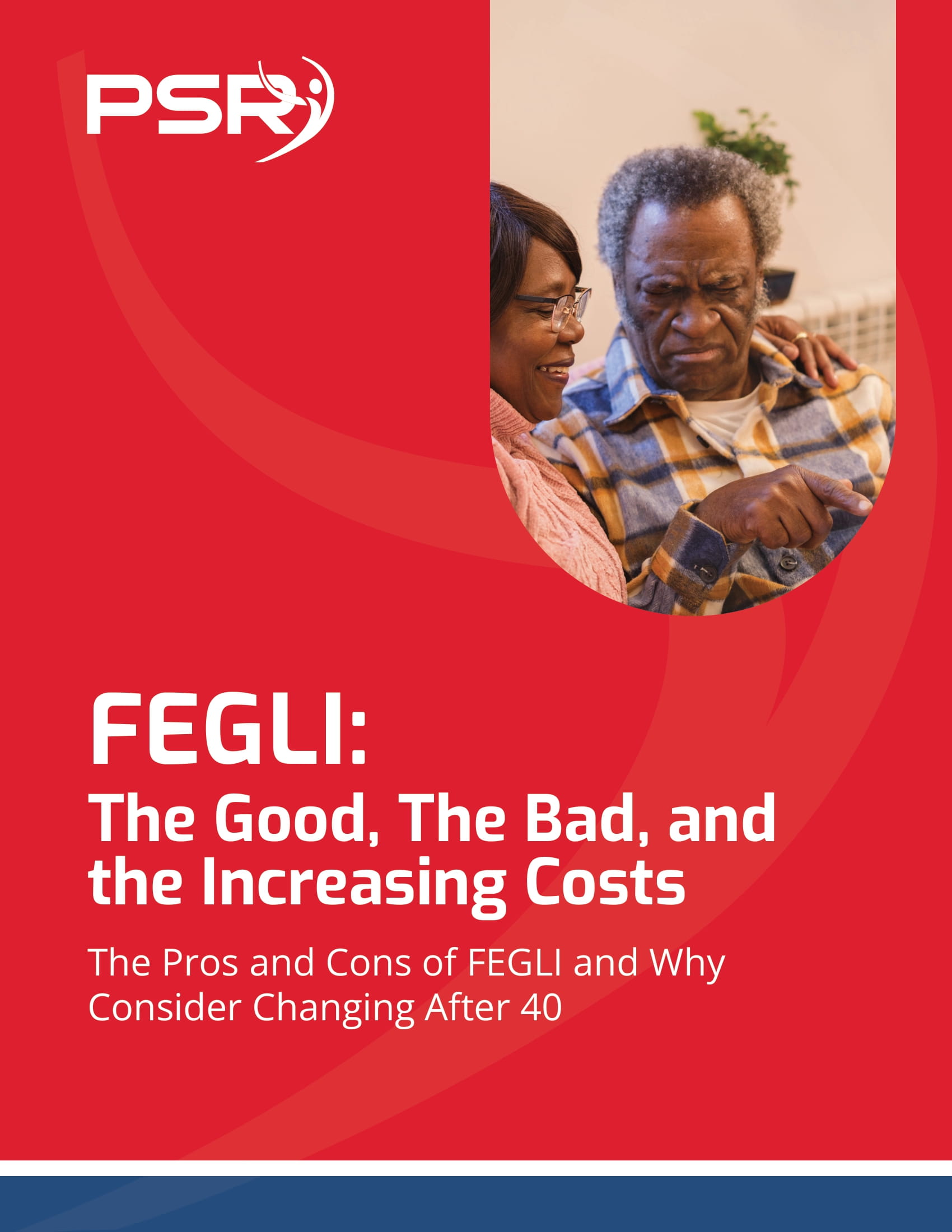Most people will need to take regular withdrawals from their TSP in retirement, but how exactly federal retirees can accomplish this is unclear.
It’s fantastic to have a sizable TSP by retirement. However, there is an issue.
Federal employees are not used to making a living from a lot of money. A paycheck every two weeks is the norm for most. So how do you do that without running out of money to turn your TSP into a paycheck? This post will dive further into this specific query.
The biggest TSP Paycheck Mistake
A simple way to determine how much of a paycheck your TSP can provide without you having to worry about running out is to use the 4% rule. Most individuals are unaware of how the 4% rule works and don’t use it correctly.
Actual 4% Rule
Many think the 4% rule states that you can only withdraw 4% of your yearly TSP balance. However, this is untrue.
In reality, the 4% rule recommends that you withdraw 4% of your TSP balance at the start of retirement and then increase that initial withdrawal annually following inflation.
Here’s an example.
Let’s imagine you have $500,000 to retire on. You can withdraw $20,000 in the first year of retirement since 4% of that is $20,000.
Most people assume that in year 2, you must multiply 4% by your new TSP amount once more, but that is not what the 4% specifies.
According to the 4% rule, you should increase your withdrawal amount in year two by the amount of inflation that occurred that year.
Therefore, assuming inflation was 5%, your withdrawal in year two would be $21,000 ($20,000 x 1.05).
The graph below shows how a withdrawal, assuming a $20,000 initial withdrawal, would alter with various inflation rates over time.
|
Year |
Inflation |
Withdrawal |
|
1 |
5% |
$20,000.00 |
|
2 |
5% |
$21,000.00 |
|
3 |
2% |
$22,050.00 |
|
4 |
1% |
$22,491.00 |
|
5 |
0% |
$22,715.91 |
|
6 |
0% |
$22,715.91 |
|
7 |
5% |
$22,715.91 |
|
8 |
5% |
$23,851.71 |
|
9 |
8% |
$25,044.29 |
|
10 |
1% |
$27,047.83 |
But you haven’t finished yet.
Do you get to keep the entire $20,000 if you have $500,000 in your TSP and plan to withdraw $20,000 in your first year?
Most likely not.
Uncle Sam comes in. We must not overlook taxes!
With a 20% effective tax rate, you may spend $16,000 of a $20,000 first-year withdrawal after paying $4,000 in taxes.
In addition, the type of retirement plan you are withdrawing funds from and your other income sources will determine your retirement tax rate.
For instance, you would pay no taxes if you withdrew the $20,000 from the Roth TSP.
Yes, that’s right-$0!
That is one of the many benefits of the Roth TSP.
Making TSP Paychecks
Once you know how much you can take out of your TSP each year, you should pick how often (monthly, quarterly, etc.) you wish to receive the payments and divide the annual amount accordingly.
You have many flexible options with the TSP (and other banks if you have IRAs) regarding how you wish to receive your money.
Because most payments (such as utilities, credit cards, etc.) must be paid each month, most individuals prefer a monthly payment.
As a result, a $20,000 annual withdrawal would be roughly $1,666 each month, or $1,333 after taxes.
However, you can certainly modify your payment schedule based on your requirements.
Take a TSP Annuity
Another option you have when it comes to withdrawing your TSP is to take a TSP annuity. With this option, you would give your TSP balance, or at least a portion of it, to an annuity provider. They would promise you a set salary for a predetermined period. Your life expectancy will determine your monthly payment amount if you want to have the annuity generate payments for the remainder of your life.
The option’s limited flexibility and reversibility are its main drawbacks. Once you’ve made this choice, accessing any of your funds other than the monthly salary you receive from them will be incredibly challenging. Although this approach provides protection, it has very little flexibility.
Not to mention the fact that most fed employees already receive a sizable fixed income through their pension and Social Security. Although having a fixed income is fantastic, you still need to have enough savings and assets to deal with life’s uncertainties when they arise.
Contact Information:
Email: [email protected]
Phone: 7735026467
Bio:
Todd Carmack grew up in Dubuque, Iowa, where he learned the concepts of hard work and the value of a dollar. Todd spent years in Boy Scouts and achieved the honor of Eagle Scout. Todd graduated from Iowa State University, moved to Chicago, spent a few years managing restaurants, and started working in financial services and insurance, helping families prepare for the high cost of college for their children. After spending years in the insurance industry, Todd moved to Arizona and started working with Federal Employees, offing education and options on their benefits. Becoming a Financial Advisor / Fiduciary can help people properly plan for the future. Todd also enjoys cooking and traveling in his free time.
Disclosure:
Investment advisory services are offered through BWM Advisory, LLC (BWM). BWM is registered as an Investment Advisor located in Scottsdale, Arizona, and only conducts business in states where it is properly licensed, notice has been filed, or is excluded from notice filing requirements. This information is not a complete analysis of the topic(s) discussed, is general in nature, and is not personalized investment advice. Nothing in this article is intended to be investment advice. There are risks involved with investing which may include (but are not limited to) market fluctuations and possible loss of principal value. Carefully consider the risks and possible consequences involved prior to making any investment decision. You should consult a professional tax or investment advisor regarding tax and investment implications before taking any investment actions or implementing any investment strategies.













